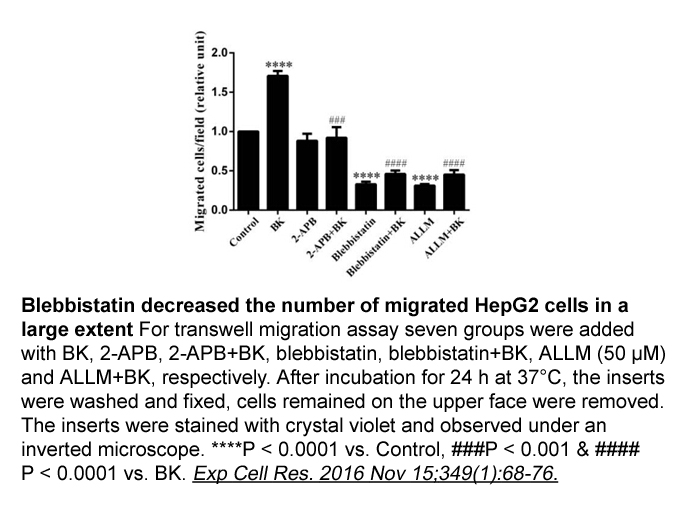Archives
br Benign migratory glossitis BMG also known as is
Benign migratory glossitis (BMG), also known as , is a common oral mucosal lesion that usually affects the dorsal and lateral surfaces of the tongue. BMG is characterized by erythematous areas, representing papillary atrophy, surrounded by a whitish peripheral zone. These areas vary widely in appearance, size, number, and location as a result of healing of one edge and proliferation of another. They frequently disappear, recur, and coalesce in variable proportions so that the lesions appear to migrate, creating a map-like pattern that constantly changes. In most cases, BMG is asymptomatic, but patients can report sensitivity and burning sensation when acidic drinks and spicy foods are consumed.
The etiology of this complex condition is not fully understood. The literature suggests that there are immunologic and psychological parameters associated with BMG and that these may be risk factors for this condition. Anxiety, the presence of a fissured tongue, and a high DMFT (decayed-missing-filled teeth) index are also associated with BMG. Alikhani et al. demonstrated that salivary L-Arabinose concentrations and anxiety levels in individuals with BMG were significantly higher compared with those in patients without BMG. Genetic predispositions have also been raised as possible etiologic factors. For example, polymorphism in the interleukin-6 ( gene has been associated with the occurrence of BMG. Mutations in interleukin-36 receptor antagonist gene ( were also associated with BMG.
Because of the association between BMG and anxiety, it is important to investigate whether genetic polymorphisms associated with anxiety could also influence the occurrence of BMG. Catechol-O-methyltransferase (COMT) catalyzes the transfer of a methyl group from S-adenosylmethionine to catecholamines, including the neurotransmitters dopamine, epinephrine, and norepinephrine. This O-methylation results in one of the major degradative pathways of the catecholamine transmitters, inactivating catecholamines, including dopamine, noradrenaline, and adrenaline. These neurotransmitters are responsible for several physiologic processes, such as mood, cognition, stress response, and pain modulation, and anxiet y disorders.
The serotonin transporter gene () encodes an integral membrane protein that transports serotonin from the synaptic spaces into the presynaptic neurons. The encoded protein terminates the action of serotonin and recycles it in a sodium-dependent way. This protein is a target of psychomotor stimulants, such as amphetamines and cocaine. It has been associated with anxiety in human models, and many antidepressant and anxiolytic drugs have their binding sites at this receptor. Genetic polymorphisms in were associated with individual predisposition to anxiety and depression.,
Considering BMG as a complex condition, our hypothesis is that polymorphisms in the and genes may be associated with BMG occurrence. Thus, the aim of this study was to investigate whether there are any associations among BMG, genetic polymorphisms in and and anxiety.
y disorders.
The serotonin transporter gene () encodes an integral membrane protein that transports serotonin from the synaptic spaces into the presynaptic neurons. The encoded protein terminates the action of serotonin and recycles it in a sodium-dependent way. This protein is a target of psychomotor stimulants, such as amphetamines and cocaine. It has been associated with anxiety in human models, and many antidepressant and anxiolytic drugs have their binding sites at this receptor. Genetic polymorphisms in were associated with individual predisposition to anxiety and depression.,
Considering BMG as a complex condition, our hypothesis is that polymorphisms in the and genes may be associated with BMG occurrence. Thus, the aim of this study was to investigate whether there are any associations among BMG, genetic polymorphisms in and and anxiety.